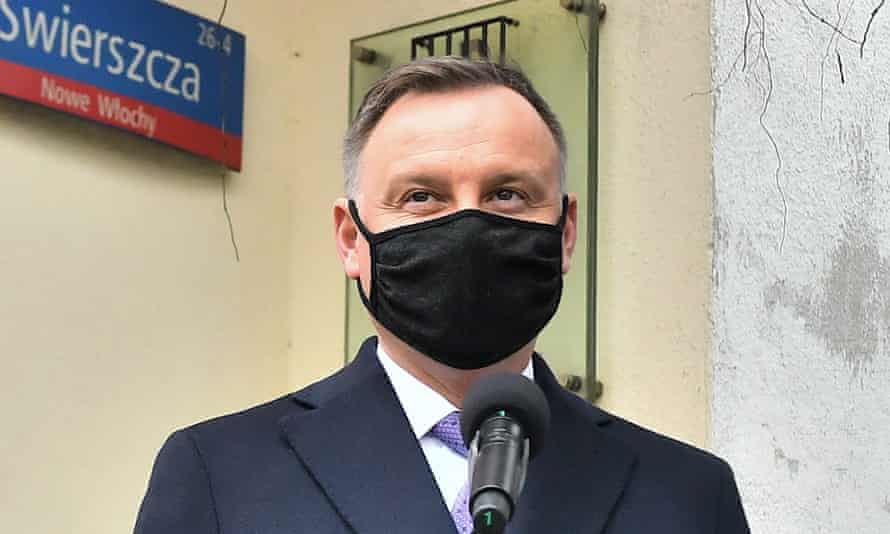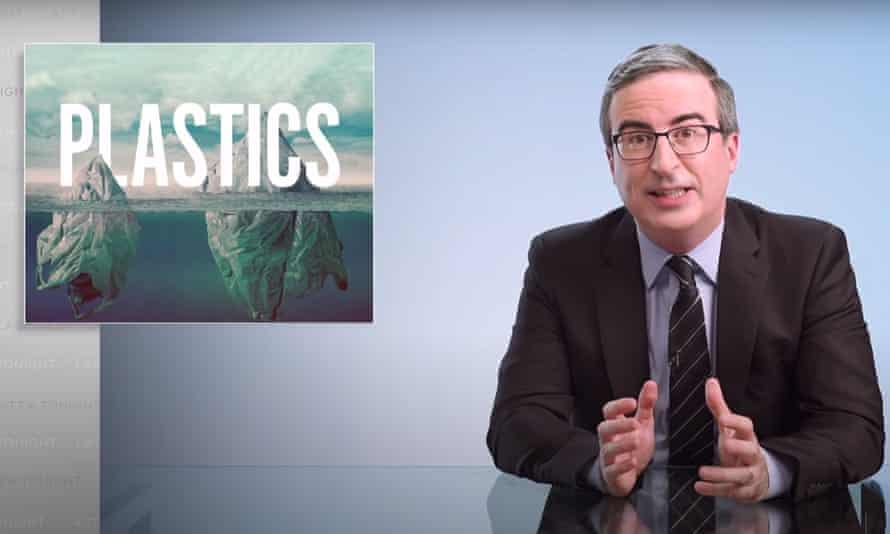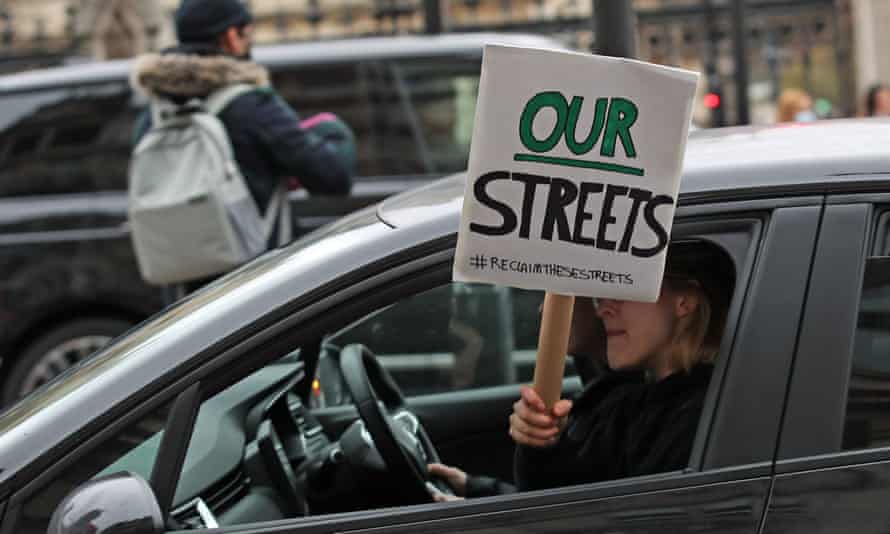
Tue 23 Mar 2021
In the immediate wake of the tragic killing of Sarah Everard, parties across the political spectrum called for tougher action on male violence against women. The government had the political capital to do something. Instead, it promised us more street lights, some undercover police officers and proposals to record misogyny as a hate crime – symbolic policies that do little to reduce violence against women. After half a decade reporting on the issue, it should not be surprising to me that the government views female lives with such contempt. And yet somehow it is.
There is a policy that would save lives: a stalkers register. Proposed by the anti-stalking charity Paladin, a stalkers register would be a national database of men convicted of stalking and domestic violence. The government would not need to build a new database from scratch – we already have the system in place to track these often serial offenders. It would simply be a matter of adding such men to the violent and sex offender register (ViSOR), which is already used to keep track of sex offenders.
Crucially, these men would be monitored by police and be legally required to notify them if they were entering a new relationship. Police would then be responsible for notifying prospective partners about their offending history. (Under Clare’s law, women can ask police if their partners are convicted domestic abusers; however, the request has to be made by the woman – there is no onus on police to notify women proactively.) This is critical, because – as the criminologist Prof Jane Monckton-Smith has identified – such abusers tend to “love-bomb” their partners in the early stages of relationships, showering them with affection and romance. Early intervention is key if we are to empower women to make informed choices about whether they truly want to date violent and abusive men.
Studies have found that 83% of domestic abuse perpetrators are repeat offenders. They start off with the smaller offences, testing the waters, seeing how the police respond, and when nothing happens – in the majority of cases nothing ever happens – they are emboldened. Their offending escalates to sometimes fatal ends. The anti-stalking campaigner Zoe Dronfield was beaten and left for dead by her ex-partner after she ended their relationship. Afterwards, she found out that he’d stalked 13 other women before her. The only thing worse than being the first partner of a serial abuser is being their last. The final partner seldom survives.
It is inconceivable to me that there is no existing framework to monitor serial stalkers and domestic abusers. We track paedophiles, rightly, because such people cannot be allowed to work in our nurseries and schools. Why not also protect women and girls from abusive men? Our elected representatives agree: in 2018, the home affairs select committee backed the introduction of a stalkers register, as did the London assembly and the mayor of London in 2019. A petition to introduce a stalkers register has more than 235,000 signatures. An amendment to the domestic abuse bill, proposing the introduction of a stalkers register, is currently before the House of Lords. The amendment has just been passed, meaning that MPs could soon have the ability to vote on the proposals.
In 2018 I ran a year-long campaign at the media publication Vice, calling on the government to introduce a stalkers register to protect women and girls from serial abusers. I launched the Unfollow Me campaign because I was horrified by the case of Molly McLaren, 23, who was murdered by her stalker ex-boyfriend Joshua Stimpson in 2017. McLaren reported Stimpson, who had a history of aggressive behaviour towards women, to police before he killed her. Had police been able to check a stalkers register, they’d have seen they had a repeat offender on their hands. Instead they did almost nothing, and McLaren died in a Chatham car park.
It is obvious to me that these dangerous men need to be monitored and tracked. But, all too often, police seem apathetic about investigating reports of stalking and domestic abuse, dismissing serious crimes as the romantic overtures of a rejected suitor. Take the case of 19-year-old Shana Grice. She reported her ex-boyfriend Michael Lane to the police five times for stalking before he murdered her in 2016. Instead of investigating Lane, who had a history of abusing women, Sussex Police fined Grice £90 for wasting police time.
I have looked the families of murdered women in the eyes and seen their pain. People such as Sue and Clive Ruggles. Their daughter, Alice Ruggles, was murdered in 2016 by her stalker ex-boyfriend, Trimaan Dhillon. She was 24 years old. After Alice ended the relationship, Dhillon stalked her relentlessly. Alice called the police repeatedly about his harassment but they did almost nothing. Dhillon broke into her flat in October 2016 and slit her throat. After she died, Sue and Clive found out that a former girlfriend had taken out a restraining order against Dhillon. Had Alice known whom she was really dating, she might never have had a relationship with him. Since her death, Sue and Clive have made it their life’s work to introduce a stalkers register, to protect other women from men like Dhillon.
There are so many women like Alice, Molly, and Shana. Two women a week are killed by current or former partners in the UK. Covid has intensified many women’s experience of abuse: during lockdown, there was a 61% surge in calls and contacts to domestic abuse helplines. Last week, the Guardian reported on the case of Amy-Leanne Stringfellow, who was killed by her partner, Terence Papworth, in June 2020. Previous girlfriends had accused Papworth of extreme domestic violence. Papworth had abused a string of women, and Stringfellow was unfortunate enough to be his last. Men such as Papworth are all the same. They do not change. The only thing that changes is the women whose lives they ruin, and, ultimately, end.
The government has the ability and infrastructure to stop these men in their tracks, and yet it does not. Why won’t anyone join up the dots, and protect women and girls from these violent men?

Sirin Kale is a London-based journalist specialising in women’s rights, politics, music, lifestyle and culture
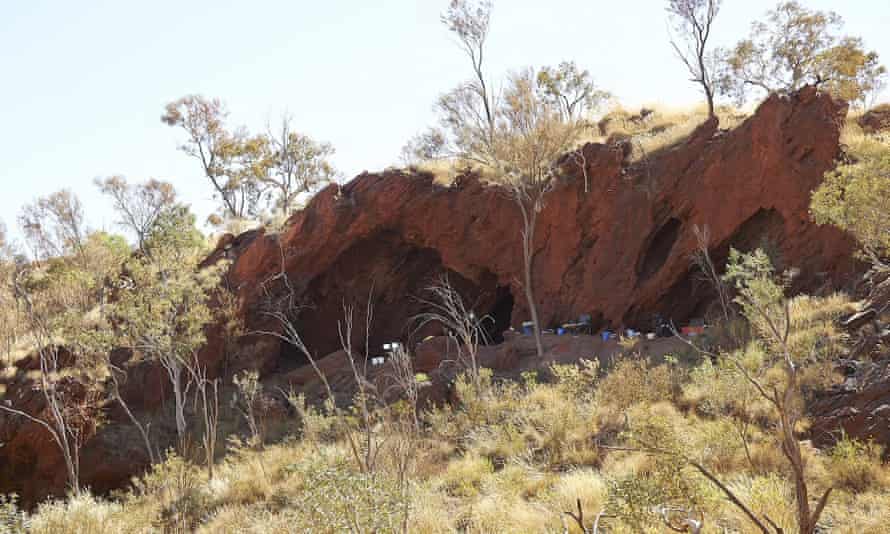
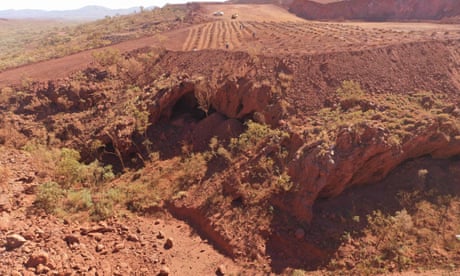




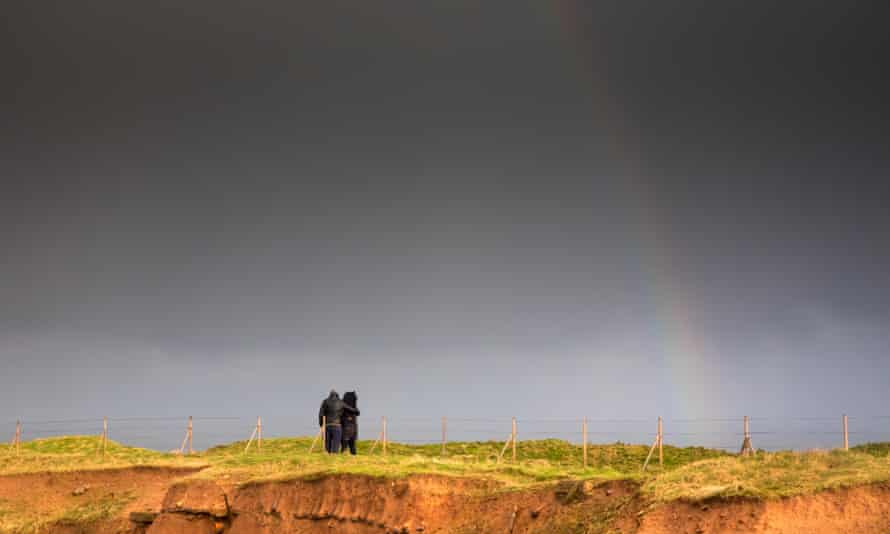





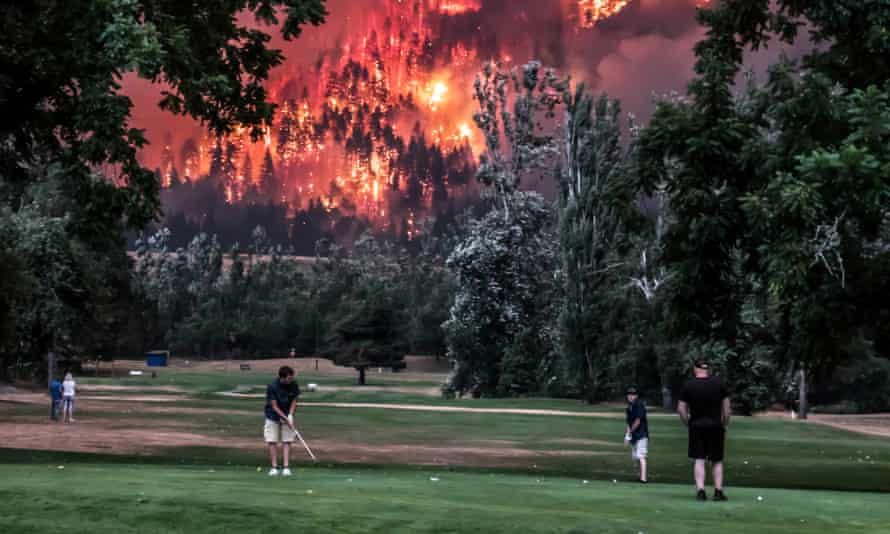
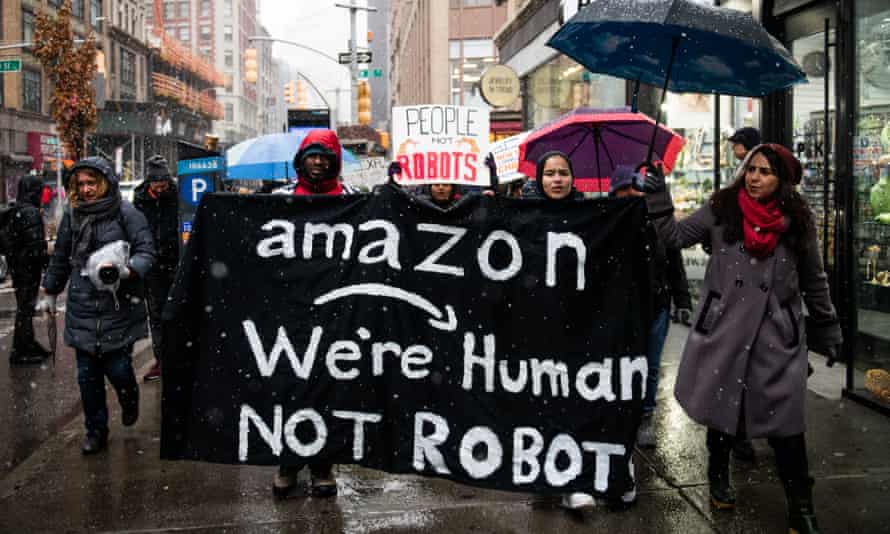 ‘
‘

.png)

